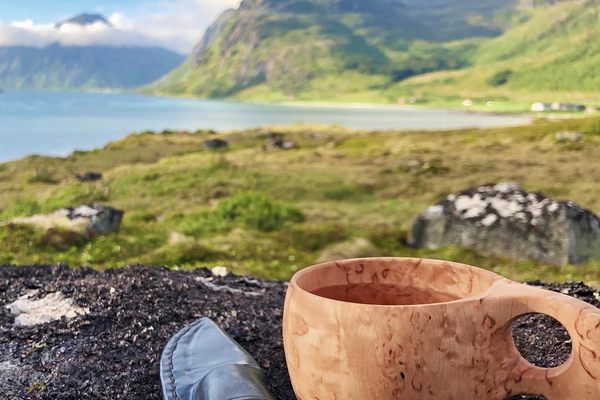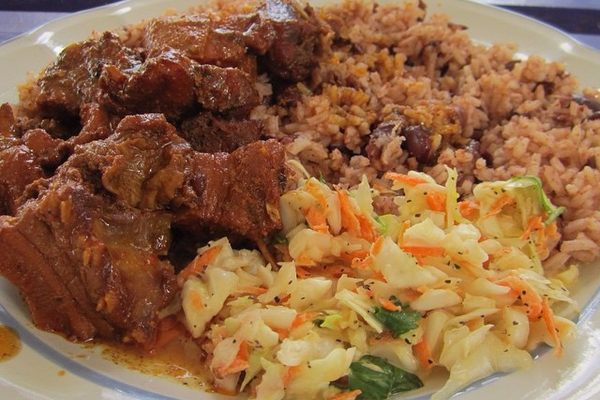Prepared Foods
Moose Tongue
A Lapland delicacy, this tender meat gets drizzled in sweet lingonberry syrup.
In Finland, when a hunter gets a moose kill, it is common for the hunter to take the tongue and the heart to share with his family and friends. Moose tongue is consumed as a delicacy in many countries where moose hunting is prevalent. According to historians, the tongues of animals have been consumed for a few million years. Nutritionists have found that the tongue is high in fat, and some believe this fat content may have prevented our ancestors from getting sick with protein poisoning, an illness caused by the absence of fat.
In Lapland, Finland, cooks boil the moose tongue for many hours in slightly seasoned water and deem it ready to cut when it floats to the top. Once they pull the tongue out of the water, they’ll peel the outer layer to reveal a pinkish-gray, soft, and tender meat. At this point, it’s common to smoke the tongue meat. While some traditional Lapland methods involve smoking it for hours in a tent in the forest, it can easily be done in the kitchen with food-smoking machines.
Unlike reindeer or cow tongue, the moose tongue is significantly larger in size. The tongue is often thinly sliced and served with a carb, such as Finnish bread or Lappish potatoes. It’s also always drizzled with a berry syrup on hand, most often lingonberry, as that is the classic served with game.













